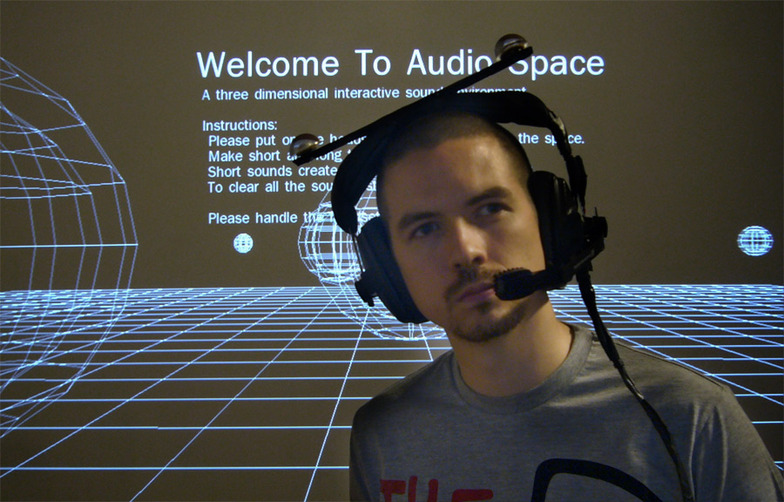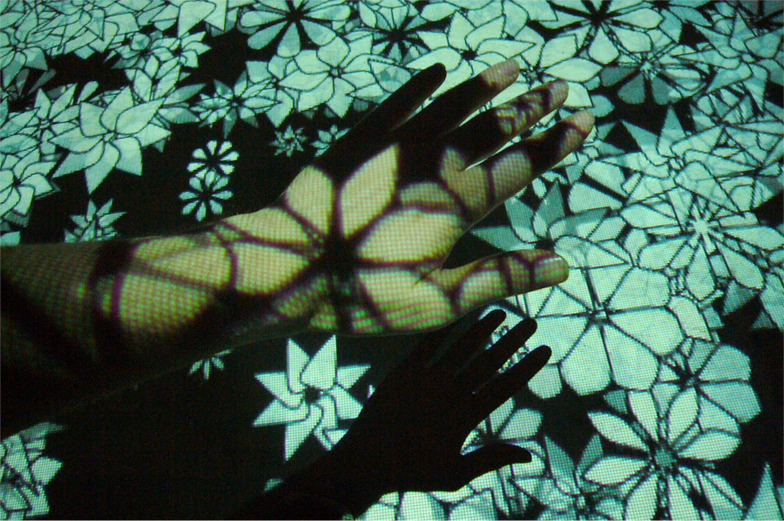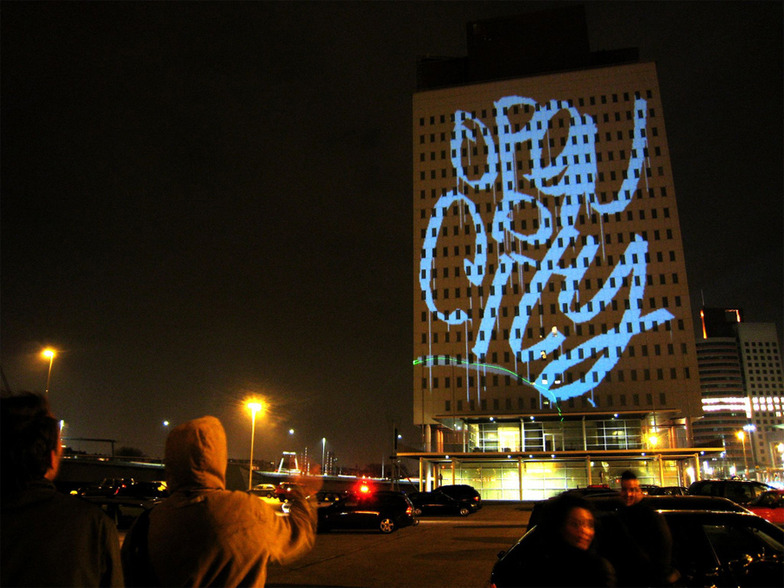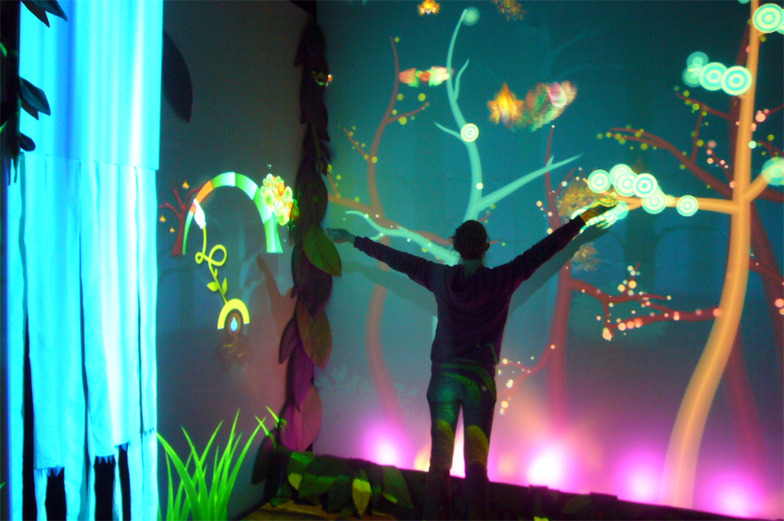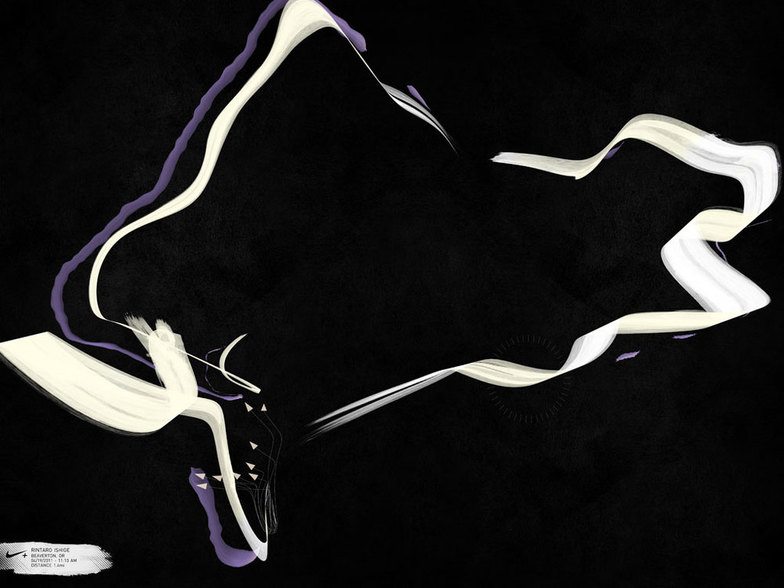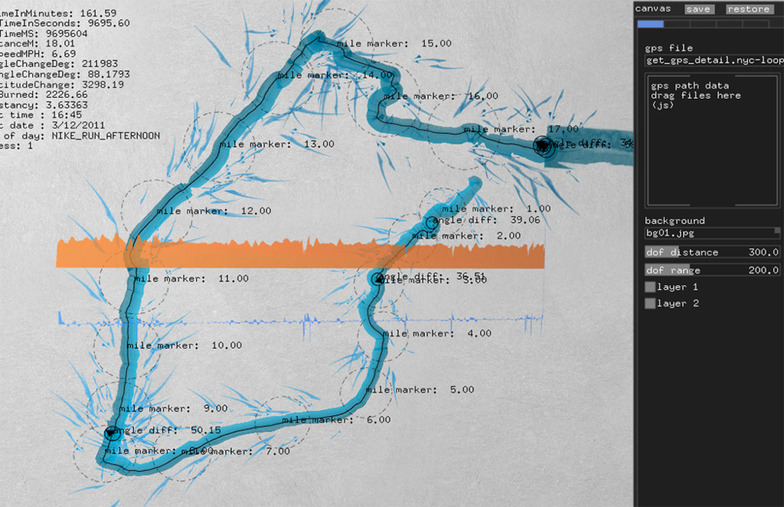Note: This website was automatically translated, so some terms or nuances may not be completely accurate.
How to Create Work from a Technology Perspective: Theodore Watson

Theodore Watson
Design I/O

Togo Kida
Dentsu Inc.
Was this article helpful?
Newsletter registration is here
We select and publish important news every day
For inquiries about this article
Back Numbers
Author

Theodore Watson
Design I/O
Founder
A London-born programmer and artist. He creates designs and installations that leverage coding, with works displayed at the Museum of Modern Art in New York. He is a former <a href="http://dentsu-ho.com/articles/4105" target="_blank">student of Zach Lieberman</a>, previously introduced, and a developer of openFrameworks (a tool that makes coding easier). He is also <a href="http://design-io.com/" target="_blank"> the </a> founder <a href="http://design-io.com/" target="_blank"> of Design I/O </a>, which specializes in interactive installations.

Togo Kida
Dentsu Inc.
CDC Dentsu Lab Tokyo
Creative Technologist
Born in Nagoya in 1985. Intended to study cutting-edge CG in the U.S., but somehow ended up dabbling in media art and graduated from UCLA's Design | Media Arts program in 2007. Joined Dentsu Inc. the same year. After working in the Sales Division, currently belongs to Dentsu Lab Tokyo. Has handled various clients including automotive, aviation, precision instruments, beverages, and publishing companies. Favorite programming language is Processing.

